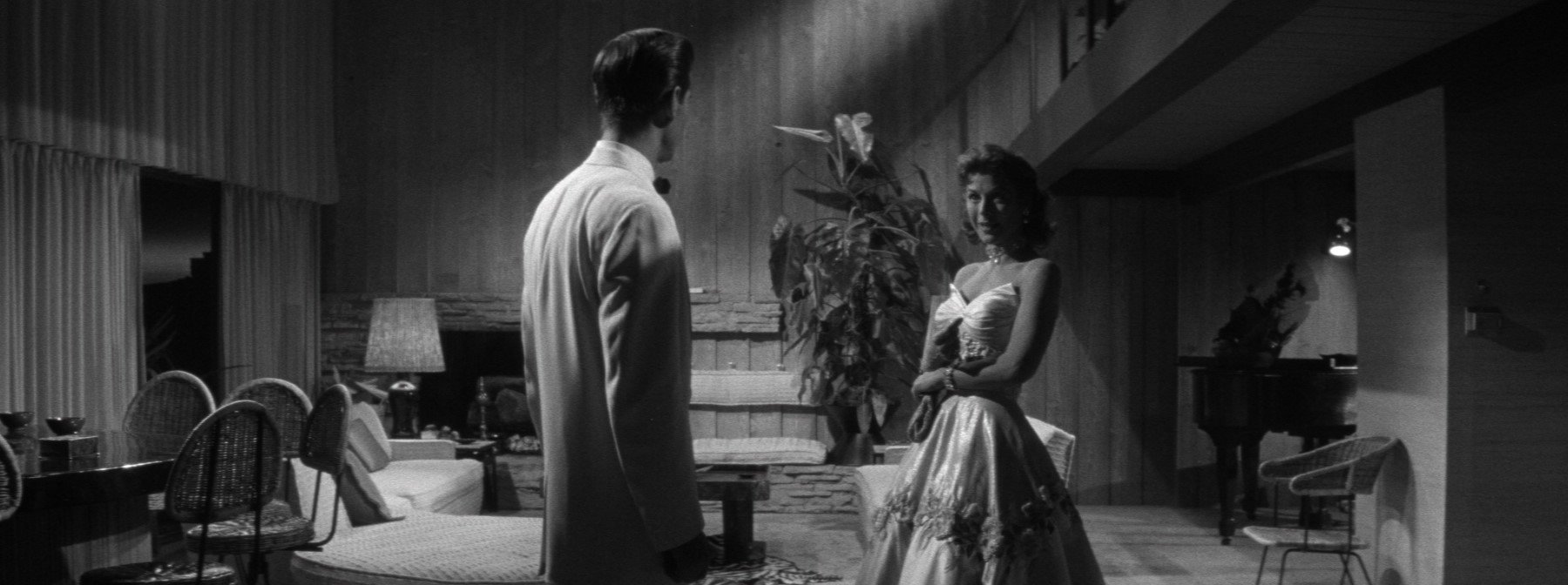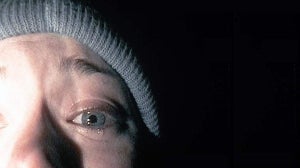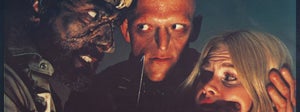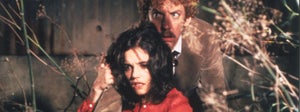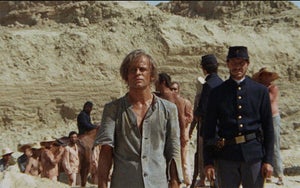
So tightly bound is film noir to its core iconography of tough-talking wise guys, cold-hearted dames and a bleak yet oddly sexy crime-riddled America that you’d be forgiven for thinking there wasn’t much else going on. Notoriously tricky to define, while some argue film noir is a genre or a trope, for others it is something much more slippery; a kind of sensibility or modality tied more to a world view than any specific, concrete set of generic markers. Film noir is something we feel in our gut - we know it when we see it, even if we can’t put our finger precisely on why.
Film noir speaks to a world that is dark and deceptive by nature. It is broadly transgressive in this sense as it presents a worldview far from the normative ideal screen culture so commonly opts for, especially in the context of the 1940s cycle for which they are so broadly associated. This is not a world where love will necessarily conquer all, or where human nature is innately good. As such, these are films that are both situated within mainstream film culture but simultaneously lie in tension with it, a characteristic that perhaps takes no more obvious form than its striking visual style which predominantly rejects Technicolor, literally stripping the colour away until the world is reduced to stark, high contrast black and white. These are the tones with which film noir in its most famous examples paints an existential world riddled with hopelessness, and where desire is synonymous with weakness.
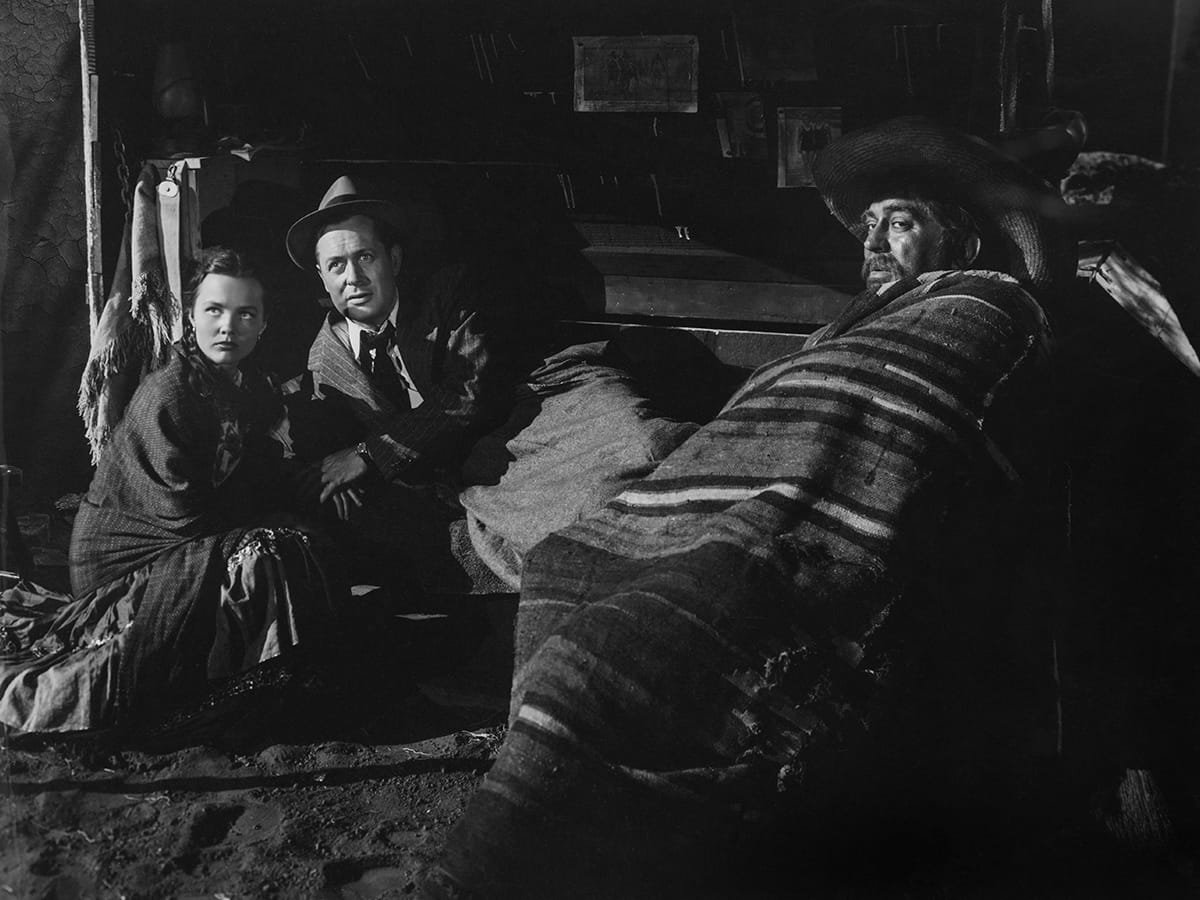
Film noir famously grew out of hardboiled pulp fiction, which similarly held a core fascination with the darker aspects of the human condition. Appearing first in 19th century dime novels and then pulp magazines like Black Mask, a small army of key writers would see their work adapted to the screen, some of them even turning their hand to screenwriting themselves. Amongst these we find key figures including Dashiell Hammett (The Maltese Falcon, The Glass Key), James M. Cain (The Postman Always Rings Twice, Double Indemnity, Mildred Pierce), Raymond Chandler (The Big Sleep, Farewell My Lovely) and Cornell Woolrich (Phantom Lady, The Chase, Black Angel). Hardboiled fiction stylistically adapted easily to the screen, its signature pared-down style a perfect fit for the stripped back aesthetics that would become film noir’s signature.
Adapted from Cain’s 1943 novel of the same name, Billy Wilder’s 1944 classic Double Indemnity with Fred MacMurray and Barbara Stanwyck was by no means the first film noir. But in many ways, it remains the most archetypal film noir. A major studio film with big stars, it on one hand both legitimised noir while at the same time pushed the envelope in terms of what could be implicitly suggested on screen, particularly when it came to sexuality. The famous close-up shot of Phyllis Dietrichson’s anklet - and the powerful feelings of desire it sparked in protagonist Walter Neff - perfectly encapsulate the dark desires that define film noir more broadly.
Stanwyck's Dietrichson remains one of cinema's most famous femme fatales, and for good reason. Along with other famous instances including Mary Astor's Brigid in The Maltese Falcon (1941) and Lana Turner's Cora in The Postman Always Rings Twice (1946), they collectively continue an ancient archetype that presents women as both seductive and deceptive, figures who use their beauty and sexual power to put men on a path to destruction. But in film noir, like elsewhere, these women are notably not the cause of deviant behaviour, but rather act as a kind of trigger, prompting something dormant within men that already exists. As Rita Hayworth’s Gilda provocatively sings as the title character of the film noir of the same name, sometimes it is easier for men to “put the blame on Mame”.
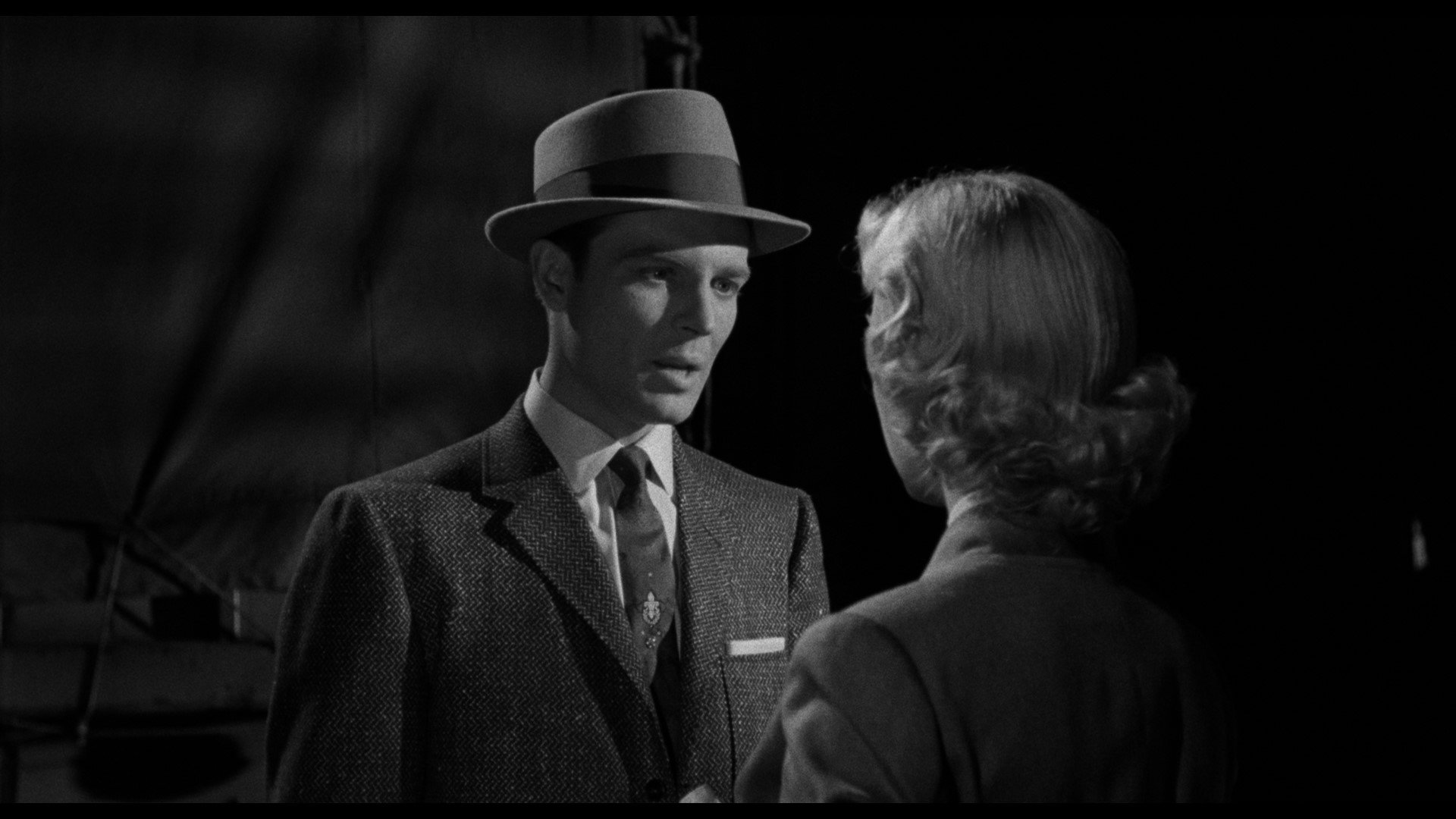
In this sense, while the femme fatale is virtually synonymous with film noir, at its heart when reflecting on the category’s most famous films they in fact have much more to do with a specific kind of masculinity in crisis. The man of the golden era film noir is a lost, broken creature, even if his macho posturing temporarily blinds him to it. He is an isolated figure lost in a dark, urban maze struggling to find his place, a powerful reflection of what was during this period a fraught time for masculinity in the context of World War II and its fallout. The role of men was suddenly and dramatically altered during this period; women had by necessity become more independent and had proven they could survive without their men who had been shipped off to war. So much of the paranoia and doubt of the film noir can be fruitfully understood through the perspective of crisis-riddled masculinity - the world was volatile, corruptible, and, most of all, dramatically changed.
Alienated and alone, in film noir the classic hero devolves into something altogether messier and less idealised as he tries to find his place in a world irreversibly changed by war. This context is inescapable, and while most of these films do not explicitly mention the war, its presence permeates every frame of the most famous film noir from its golden era in the 1940s especially. Death is everywhere, sex is cheap, and the world is governed by a pervasive yet unspoken sense that you are damned if you do and damned if you don’t. In contrast to the rosy naivety and the fake-it-til-you-make-it optimism that drenches so much screen culture more broadly both then and now, the endurance of film noir lies in this very pessimism. Even at its darkest, there’s something extraordinarily satisfying in its transgressive acknowledgement that not everything is always a happily ever after.

Related Articles

